How to Measure Blood Oxygen Level with Apple Watch
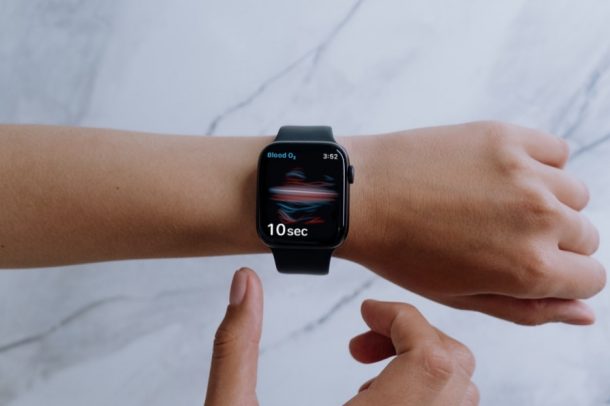
Did you know that your Apple Watch can be utilized as a pulse oximeter of sorts? That’s right, you don’t have to spend extra money on a separate device to get blood oxygen data. This is a feature on the newer Apple Watch models, and it’s pretty straightforward to use too.
For those who aren’t aware, a pulse oximeter is a device that’s used to determine your pulse rate as well as the oxygen concentration in your bloodstream. This particular device is high in demand these days due to the global Covid pandemic, but if you have an Apple Watch Series 6 or later, you don’t need one as it can do both of those things with its internal sensors.
Want to quickly find out your blood oxygen readings and make sure everything’s normal? Read along and you’ll be learning how to use your Apple Watch as a pulse oximeter.
How to Measure Blood Oxygen Level with Apple Watch
As mentioned earlier, this is a new feature that’s only available on Apple Watch Series 6 and newer models. As long as you have a supported Apple Watch, just follow these steps:
- Press the Digital Crown on your Apple Watch to access the home screen full of apps. Scroll around and find the Blood Oxygen app. Tap on it.

- You’ll see the welcome screen and upon tapping on “Next”, you’ll be shown tips to help you accurately take the measurement.

- Make sure your Apple Watch is not too low on your wrist and the watch band is snug. Now, tap on “Start” and try not to move while keeping your Apple Watch facing up.

- Upon starting, you’ll get a 15 second countdown timer during which your blood oxygen levels will be measured. Keep your hand still for the entire duration.

- Once complete, you should be able to see the percentage of oxygen in your blood. Tap on “Done” to exit the app.

It’s that easy to take a blood oxygen measurement with your Apple Watch. Did you get the reading on your first attempt?
Some users may fail to get a reading on their first attempt. You’ll see “Unsuccessful Measurement” in the results screen once the countdown ends. This is probably because you moved your wrist or tapped your Apple Watch while taking the measurement, but you can try again and stay still next time.
For the average healthy adult, a blood oxygen reading of 96% to 100% is considered ideal. People with chronic health conditions may see slightly lower readings, particularly those with issues that effect their lungs, blood, or breathing. If you find that your reading is low, you’ll want to get in touch with a doctor or emergency department right away.
Although Apple Watch makes it convenient to keep an eye on your blood oxygen levels, it cannot replace a medical-grade pulse oximeter, as the feature is still in its early stages and not entirely accurate. Apple does state that its only designed for general fitness and wellness purposes.
Every time you take a measurement, you may get a slightly different reading. Therefore, it’s best to take multiple readings over the course of a few minutes and find out the average levels. Also, we’d like to inform you that the Blood Oxygen app is not available in all countries and regions.
Do you use Apple Watch to monitor Blood Oxygen levels? Do you own a pulse oximeter as well? If so, how close were the readings on both these devices? Share your personal experiences with us in the comments section.

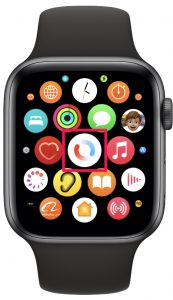

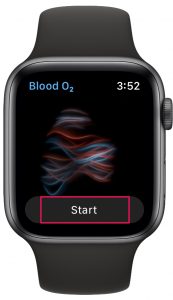
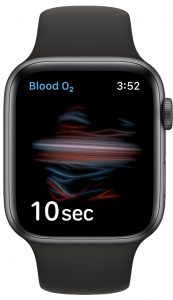
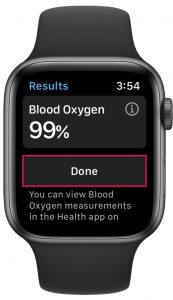

How much?